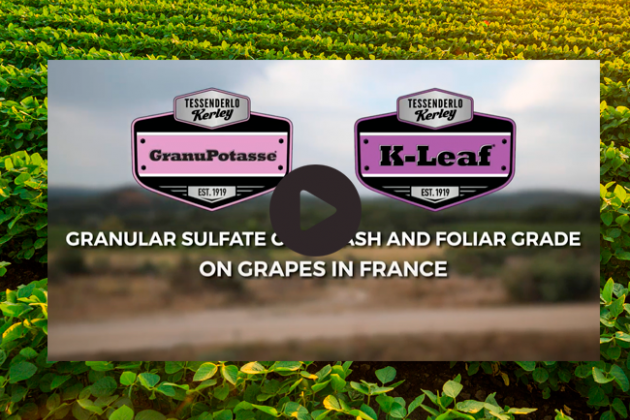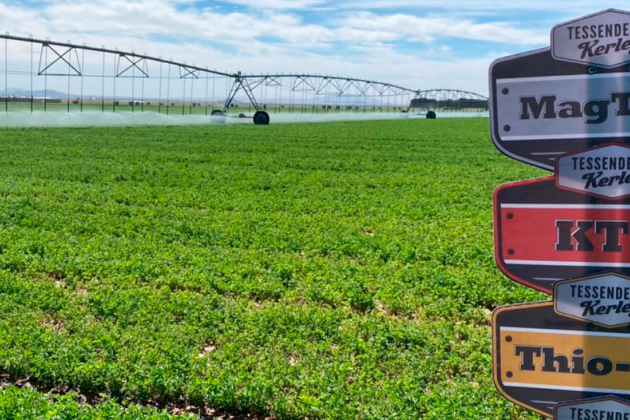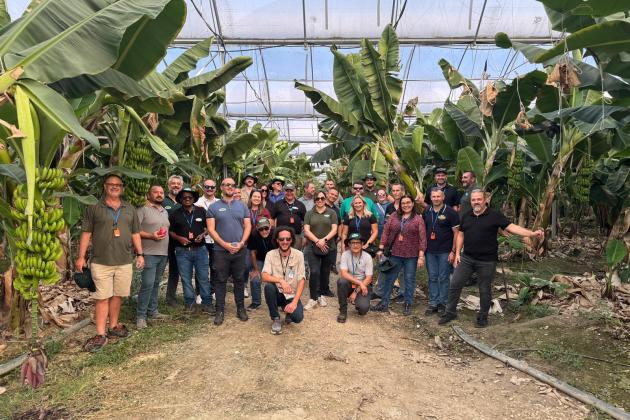
Grapes
One of the key elements for the fertilization of grapes is to consider the differences that exist between different grape varieties that are grown. The objectives will differ between table grapes, wine grapes and grapes grown for raisins.
The fertilization of perennial plants, such as vines, primarily consists of managing the equilibrium of the mineral elements present in the soil. An excess will increase plant vigor to the detriment of grape quality, whereas a deficiency will compromise production as well as the long-term quality of the vine. The supply of nitrogen needs to be limited to the replacement of that which is removed from the soil. Vines do not have a high demand for phosphorus and should only require around 30 units per year. Meanwhile, magnesium should be monitored on a case-by-case basis. Finally, calcium export can reach 120 units.
Regarding table grapes, the main production objectives are yield, size, taste and appearance. The key task is to manage the equilibrium of the mineral elements in the soil.
In terms of raisins, the drivers of fertilization are different. The primary objective is to obtain a maximum fruit set on grape bunches.
-

-

How to grow juicy grapes on a soil that is not easy to work with. Our expert explains.
Watch our video about the vines and SOP in France -

Our broad spectrum of solutions can assist all farmers regardless of crop type, soil type, water usage levels or climatic conditions.
Discover our range of products
Get the answers you need to product information, field trial results, blend testing, application tips and more. Find and contact your local expert in your region.
Contact us

